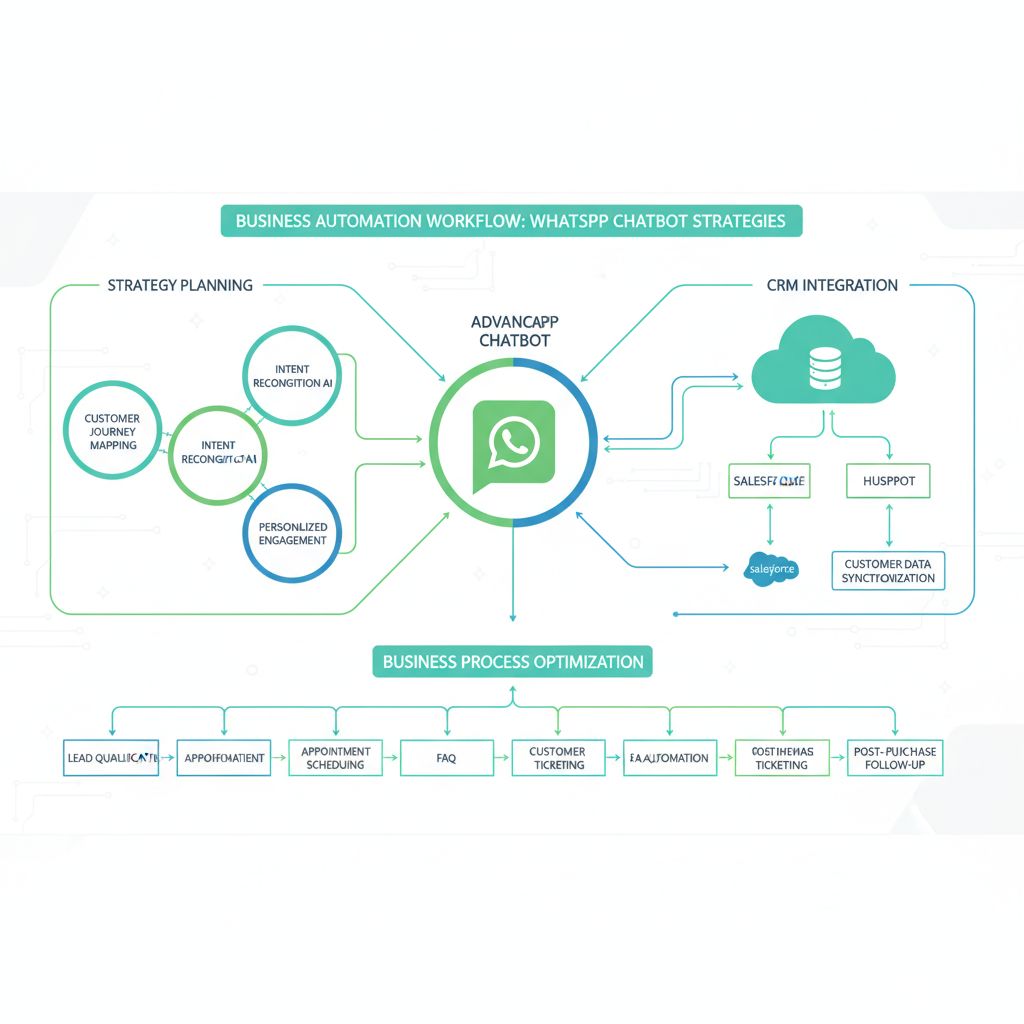🚀 Introduction
In today's rapidly evolving digital landscape, businesses are constantly seeking innovative solutions to enhance efficiency and streamline operations. One such groundbreaking tool is the WhatsApp chatbot, a digital assistant that has transformed customer interactions across various industries. As we delve deeper into this topic, we'll explore how businesses can harness the power of free WhatsApp chatbots for effective automation, drawing from real-world examples and advanced strategies. Whether you're a small business owner or a seasoned marketer, understanding how to integrate these chatbots into your workflow can offer a significant competitive edge.


